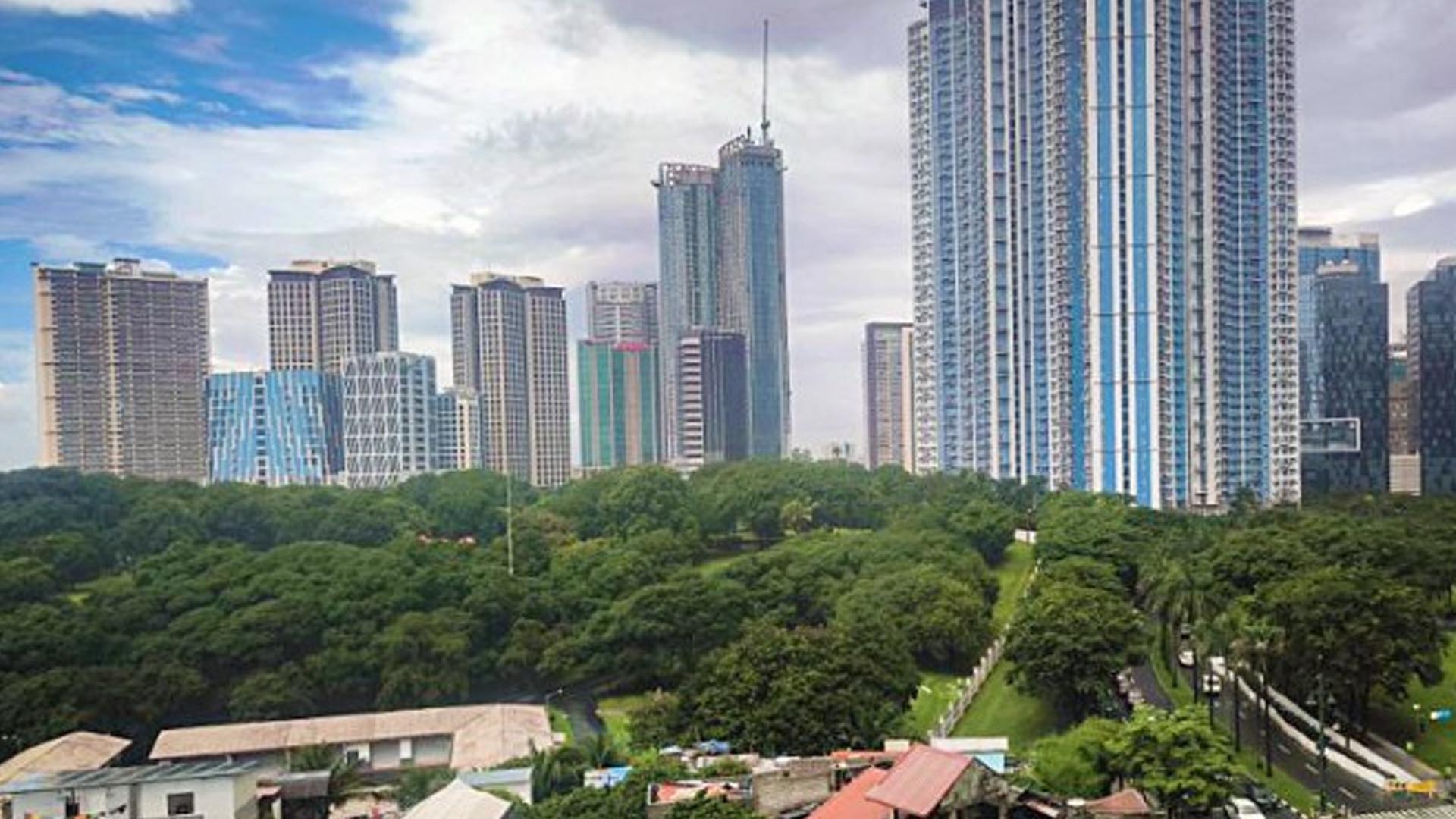The Philippine economy was one of the fastest-growing in Asia this year despite global challenges such as geopolitical tensions.
Philippine economic growth settled at 5.2 percent in the third quarter of the year, bringing the average expansion to 5.8 percent in the first three quarters.
The country’s economic growth during the period outpaced Malaysia (5.2 percent), Indonesia (5.0 percent), China (4.8 percent), and Singapore (3.8 percent).
Growth was mainly driven by robust capital formation and accelerated government spending.
“The Philippine economy has shown remarkable resilience this year. Our [gross domestic product] growth averaged 5.8 percent for the first three quarters of 2024. We experienced significant weather-related disturbances or disruptions throughout the year: a prolonged dry season due to El Niño and the consecutive strong typhoons amid La Niña,” National Economic and Development Authority (NEDA) Secretary Arsenio Balisacan said.
“Notwithstanding these disruptions, our growth rate still positions us as one of the fastest-growing economies in Asia. It is a testament to our people’s hard work and dedication and the sound policies implemented by our Government despite such challenging conditions,” said Balisacan.
Easing inflation
The Department of Finance (DOF) said the Marcos administration worked double time to protect the purchasing power of the Filipino people from high food prices, keeping inflation firmly within the government’s target range in 2024.
Inflation which averaged 6.0 percent last year, has so far decelerated to 3.2 percent as of end-November this year.
In particular, rice inflation has continued its downtrend from 22.5 percent in June 2024 to 5.1 percent in November this year as a result of the implementation of Executive Order (EO) 62 in July 2024, which lowered import tariffs on rice.
The DOF said the average retail price of imported rice in the National Capital Region (NCR) declined by PHP3.66 per kilogram in the second half of November compared to the second half of June 2024, before EO 62 was implemented.
“This price decrease helped offset the impact of food price hikes caused by successive typhoons Nika, Ofel, and Pepito, and the lingering effects of earlier storms in October and the El Niño in the first half of the year,” said the DOF.
It added that the continued drop in rice prices, including the set up of more Kadiwa stores nationwide, has benefitted the bottom 30 percent of households as headline inflation for the said group declined to 2.9 percent in November 2024 from 5.8 percent in July.
For this year, the overall inflation rate is expected to average from 3.1 percent to 3.3 percent this year.
With inflation settling comfortably within the government’s 2 to 4 percent target, economic managers are optimistic that the lower end of the 6 to 6.5 percent economic growth target for this year will be attained.
“The economy needs to grow by at least 6.5 percent to meet the government’s target for the last quarter 2024. We remain optimistic that this growth target is attainable,” he said.
“We remain optimistic about the fourth-quarter economic performance. Holiday spending, more stable commodity prices, and a robust remittance inflow and labor market give us confidence that our 6.0 to 7.0 percent growth target is still achievable,” he added.
Medium-term growth trajectory
For 2025 to 2028, economic managers set a 6.0 to 8.0 percent economic growth target.
The Development Budget Coordination Committee (DBCC) said that to achieve these targets, the government must accelerate infrastructure investments, enhance the ease of doing business, and boost national competitiveness.
The implementation of the Corporate Recovery and Tax Incentives for Enterprises to Maximize Opportunities for Reinvigorating the Economy (CREATE MORE) is also expected to support businesses, attract foreign investments, and spur higher economic growth.
Balisacan said that looking ahead, the Philippines has a good chance of attaining upper middle-income country (UMIC) status in 2025.
“We have a good chance of attaining upper middle-income country (UMIC) status in 2025. Attaining this status will require that we achieve our growth target this year, that we maintain our growth trajectory in 2025, and our currency will not weaken significantly relative to the currencies of our major trading partners,” he said.
The World Bank defines UMIC economies as those with gross national income (GNI) per capita ranging between USD4,516 and USD14,005 for the fiscal year 2025.
GNI per capita measures the economic output per citizen, encompassing both domestic and international partner.
As of end-2023, the Philippines’ GNI per capita was at USD4,230.
To sustain growth, Balisacan said the government will aggressively push for the sustained implementation of the administration’s infrastructure drive.
He said the government would also ensure that there is adequate fiscal support to the flagship projects and expedite the processes necessary for the timely rollout of public and private investments.
“In this regard, it is imperative that we intensify our efforts to improve the ease of doing business and elevate our competitiveness to further strengthen investor interest and confidence,” said Balisacan.
“To strengthen our performance in the external sector, we continue to engage in new free trade agreements (FTAs) amid policy uncertainties in the Philippines’ major trading partners,” he added.
Balisacan said the Philippines already resumed FTA negotiations with the United Arab Emirates and the European Union to expand market access for our non-traditional products, such as halal-related commodities, and services trade, like finance, IT-BPM, and engineering, among others.
He also cited the need to upgrade tourism infrastructure and services and keep up with technological developments.
“Our focus is clear as we sustain our momentum. Undeterred, the Marcos Administration remains steadfast in its goal of genuine social and economic transformation, leading our nation closer to realizing a matatag, maginhawa, at panatag na buhay (stable, comfortable, and tranquil life) for all Filipinos,” said Balisacan. (PNA)







